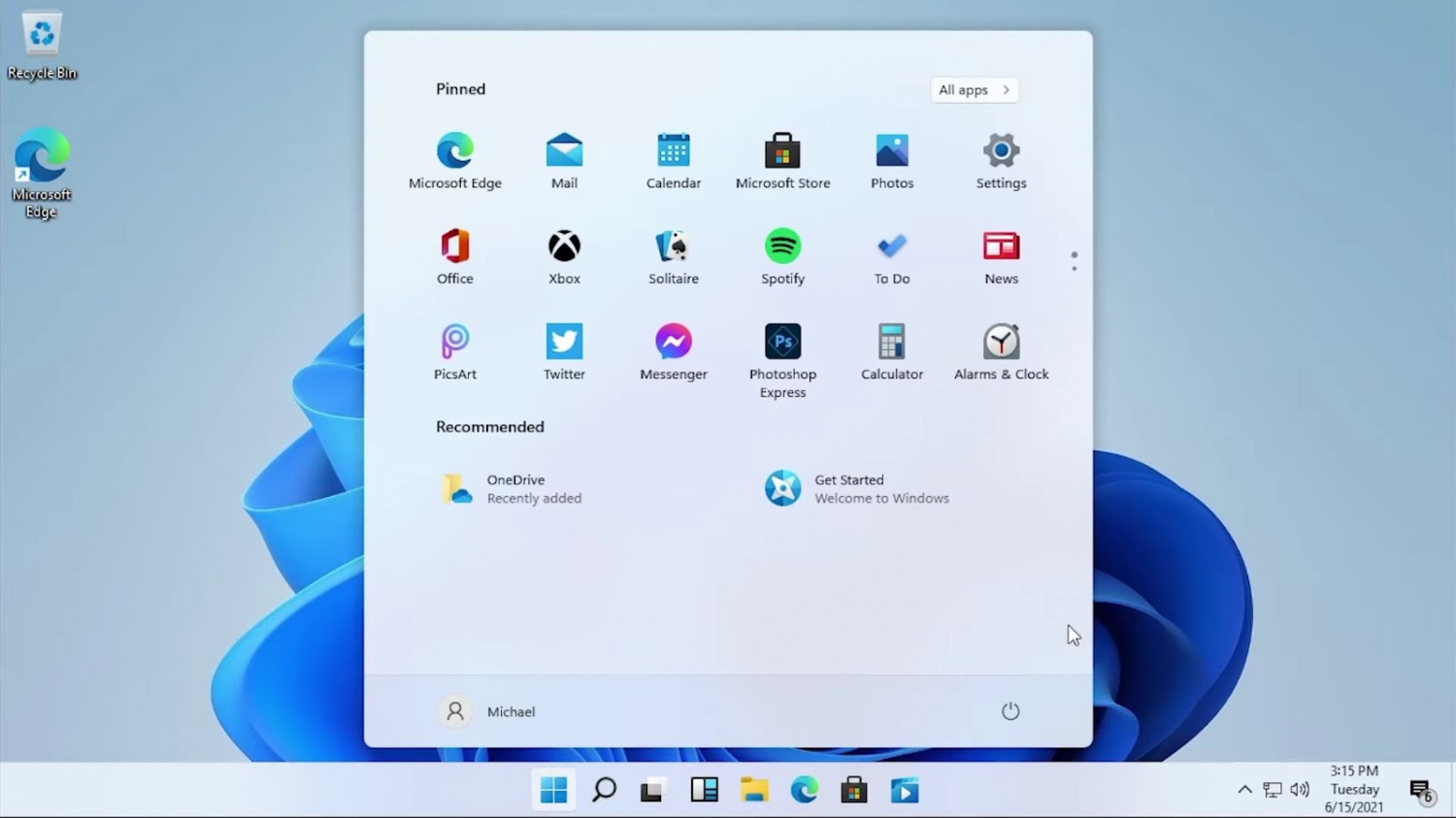

As long as your screen is calibrated and you export jpgs using the default settings, they will render relatively consistently across calibrated screens. Unless your friend's screen is calibrated, all comparisons are useless. Apple monitors tend to read very consistently among themselves, and they are average or better than average. They can be bad, but they can also be better - depends on the maker and whether they are calibrated. Good Luck.ĭon't buy into the "PC monitors are bad" myth. It is possible that you editing the image to include colours that your friend's PC can't display. That will tell you if you editing past the limits of your friend's PC. Next time, don't do any editing with the image.

That fact that a screen capture and then one that went through Aperture were so different seems to indicate that this is an Aperture problem. The screen shot seems to indicate that you can only adjust up as it is now. I would seem to me that in the default position you should be able to adjust Gamma either up or down. Also that Gamma slider may need to be centred (from your screen shot). Look at the Help topics for "Colour Space", and "Gamut". I don't know enough about Aperture and the way it handles colour (I use Lightroom - but the theories are the same). So, don't get (and don't be) discouraged. So, the fact that the image looks better after going through this process is most likely because the GPU has processed extra information from the image data (as a result of the zooming action) and it's still in its memory.Maintaining a consistent colour workflow is one of the most difficult aspects of digital photography. On the iMac Pro it happens so fast that it's just not visible, on the other Macs it's being processed slower and is visible. My thinking is that the grey layer is actually the GPU processing the zoom quality. Here's the crux: The original Mac I used was my iMac Pro and obviously it has a much better GPU than the other Macs. I then returned to the original Mac and used the same images to test again.Then I watched the video capture you shared and remembered seeing this before, so I went back and tried again on a couple of other Macs and saw the same thing. Initially I couldn't replicate this behaviour, even after previewing many images in Finder (using Preview as you describe) and zooming in and out. I'm not 100% certain, but I don't think this is a filter.


 0 kommentar(er)
0 kommentar(er)
